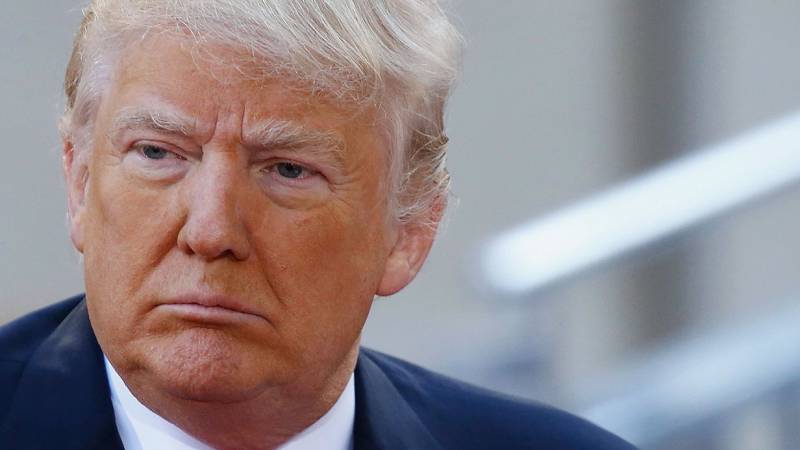Earlier this week, a collection of fascist, neo-nazi, and white supremacist groups got together in the city of Charlottesville in Virginia as part of a ‘Unite the Right’ rally. Ostensibly, the rally was aimed at protesting the proposed removal of a statue of Robert E. Lee, a general who commanded the army of North Virigina during the American Civil War. His statue is controversial because of what it represents; many would agree that Lee, and the Confederacy that he represented, fought the Civil War to maintain a socio-economic system in the South that would have, among other things, maintained the industrial-scale slavery of African Americans that underpinned the region’s agrarian economy. Symbols of the Confederacy are imbued with this meaning and it is not coincidental that many of its most vociferous supporters happen to be avowed and unrepentant racists.
In Charlottesville, the ‘Unite the Right’ rally was met by sizeable numbers of anti-fascist counter-protestors. As tensions ran high, there were some clashes between the groups (as is often the case at similar events around the world) although the disparity between the two was clear; while the anti-fascist activists were almost completely unarmed, private militias carrying automatic weapons (legal under US law) provided security for the right-wing groups, signaling the readiness and willingness of those groups to intimidate and threaten their opponents, and use deadly violence if necessary. This tragically proved to be the case later on in the day, when a self-identified fascist ploughed his vehicle into a crowd of anti-fascist activists, killing a woman named Heather Heyer and injuring nine others.
It should not be difficult to condemn Nazis. It should not be hard to clearly denounce fascism as an insidious creed that thrives on intolerance and has been responsible for inspiring some of history’s most fanatically murderous and oppressive regimes. When confronted by people chanting the fascist slogan ‘blood and soil’ and saying ‘Jew will not replace us’, as happed in Charlottesville, it should be obvious that unequivocally repudiating such bigotry is the only acceptable response.
Yet, this is precisely what Donald Trump could not bring himself to do. When responding to events in Charlottesville, Trump stopped short of speaking against the fascists who had marched through the city, preferring instead to blame the violence on ‘both sides’. His remarks prompted an understandable uproar from across the political spectrum, as Demcorats, Republicans, and others called on him to do the right thing and use the moral authority of his office to categorically condemn the Far Right. A seemingly chastened Trump duly did so in a revised statement a couple of days later, only to reverse course in a press conference on Tuesday in which he doubled down on the idea that both sides were equally to blame for the violence, and that the fascists and Nazis in Charlottesville had also included some ‘good’ people with legitimate grievances.
Trump’s unwillingness to distance himself from these groups is hardly unexpected. At a personal level, he has long been suspected of harboring racist sentiments that go beyond mere political rhetoric; in 1989, for instance, Trump played a prominent role in calling for the prosecution and potential execution of four African Americans and one Hispanic man, known as the Central Park 5, who were accused of brutally assaulting and raping a jogger. The men were convicted on the basis of flimsy evidence and coerced confessions, and were subsequently exonerated by DNA evidence and a confession by the actual perpetrator of the crime. Yet, as late as 2014, Trump continued to insist that the Central Park 5 were guilty. A similar kind of racial animus arguably prompted Trump to frenetically pursue the utterly fraudulent notion that Barack Obama had not been born in the United States. On the campaign trail, Trump’s often implicit and sometimes explicit racial politics played a key role in consolidating his support amongst a portion of the electorate that is, for several reasons, susceptible to such appeals. Fascists, white supremacists, and neo-Nazis are a part of this constituency, and form a critical part of Trump’s political base – one that he is loath to alienate.
So far, so Trump. Given his conduct in office and when campaigning for the presidency, Trump’s latest pronouncements only underscore his unsuitability for the office he holds. What is more insidious is the false equivalency that Trump has tried to create between violent fascists and those who oppose them. This is a trope that has long been deployed not just by right-wing forces in the United States, but also in other parts of the world. The logic is reductively simple; fascism and other manifestations of far-right politics are simply a reaction to provocations from an equally, if not more, dangerous liberal-left characterized by an agenda of economic globalism and identity politics that wreaks havoc on the social order. Following from this, extreme right-wing politics cannot be dealt with in isolation; it represents both a logical and understandable response to liberals and leftists, and cannot be expected to be silenced or dealt with without corresponding action being taken against its political opponents.
The problem with this argument is that the moral equivalency it attempts to create – between the far right and those who oppose it – does not withstand even the most cursory scrutiny. Consider, for example, the differing approaches taken by both sides with regards to the rights of racial and religious minorities; while liberals and the left argue for tolerance, accommodation, and harmony, the far right calls for mass deportations, the suspension of civil rights, and violence. Similarly, while liberals and the left call for more democracy and participation, the far right is unapologetic in its demand for authoritarianism. While there are reasonable grounds upon which liberals and leftists (the two are not the same) can and should be criticized, the notion that they are similar to the far right is just ludicrous.
For Trump, this attempt at equating the far right with liberals and leftists serves to strengthen his appeal with his base by heightening their sense of persecution while simultaneously mainstreaming such unsavory political views. The same often happens in Pakistan; more often than not, ‘liberals’ are blamed for a variety of social, political, and economic ills that somehow place them on the same level as religious extremists and fundamentalists. The fact that the former do not engage in violence and enjoy very real actual power is conveniently ignored. As is the case in the United States at present, creating a false equivalence between the far right and its opponents serves to entrench the power of the more reactionary elements of the political status quo.






